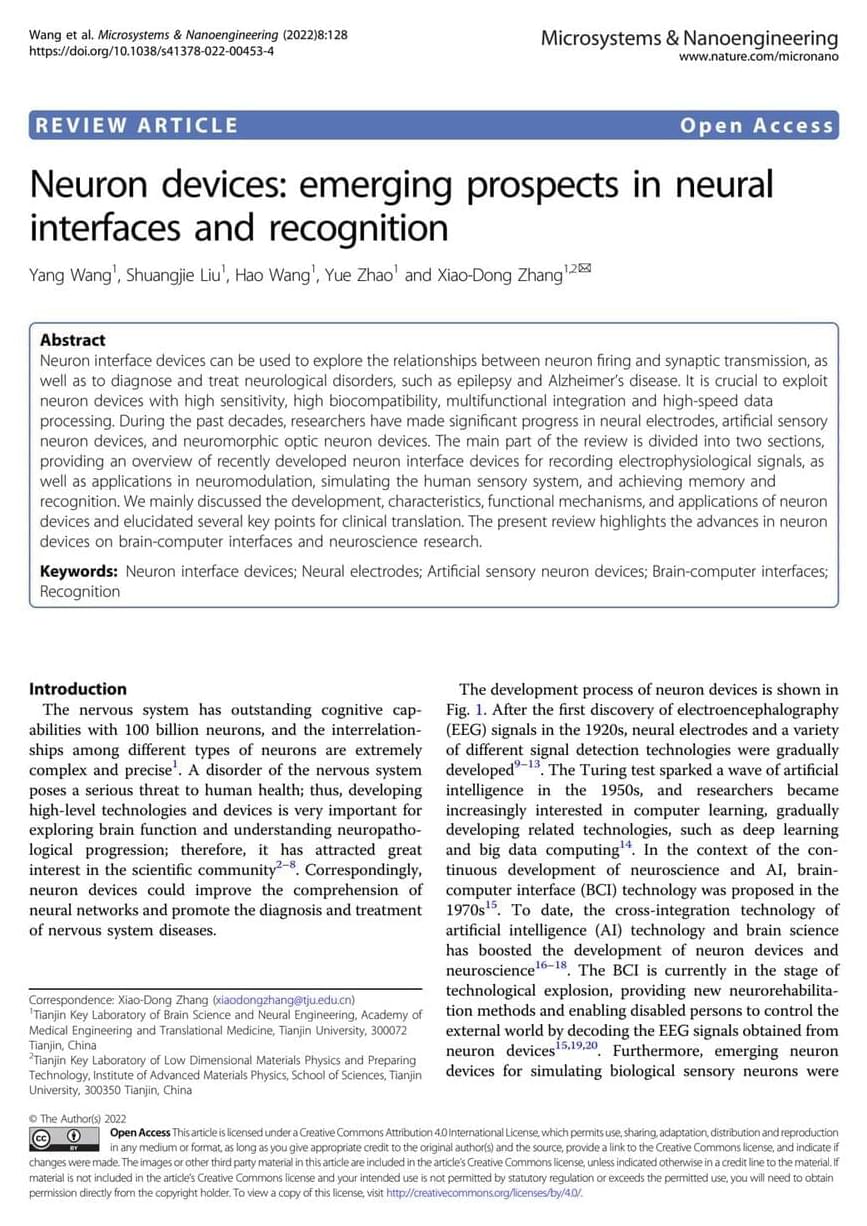Metrological institutions around the world administer our time using atomic clocks based on the natural oscillations of atoms. These clocks, pivotal for applications like satellite navigation or data transfer, have recently been improved by using ever higher oscillation frequencies in optical atomic clocks.
Now, scientists at the University of Innsbruck and the Institute of Quantum Optics and Quantum Information (IQOQI) of the Austrian Academy of Sciences led by Christian Roos show how a particular way of creating entanglement can be used to further improve the accuracy of measurements integral to an optical atomic clock’s function. Their results have been published in the journal Nature.
Observations of quantum systems are always subject to a certain statistical uncertainty. “This is due to the nature of the quantum world,” explains Johannes Franke from Christian Roos’ team. “Entanglement can help us reduce these errors.”










 עברית (Hebrew)
עברית (Hebrew)